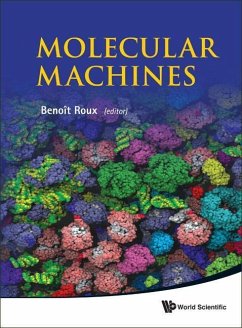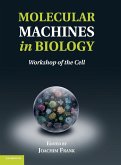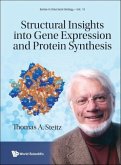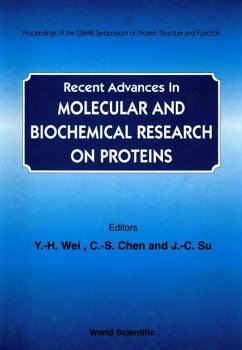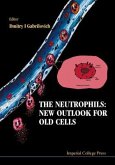Molecular machines are complex biomolecules (protein, DNA, RNA and carbohydrates that consume energy in order to perform specific functions. To understand how these systems perform their functions, it is necessary to have detailed knowledge of the conformational states of these molecular machines, as well as the reaction pathways connecting them. Many of these conformational transitions take place on a timescale that is far beyond what is attainable with current molecular dynamics simulations on large and complex systems. On the other hand, experimental methods are often unable to detect the short-lived transient features occurring during such conformational transitions. Thus, breaking new ground toward a complete knowledge of the reaction pathways of molecular machines requires a novel paradigm permitting a seamless integration of structural, dynamical and functional data among existing theories, models and simulations. This review volume provides the most updated summary on the cutting-edge research of many molecular machines, ranging from ATPase, DNA polymerase, ribosome, calcium pump, chloride channel, neurotransmitters transporter, chaperon GroEL for protein folding, microtubes and chromatin, voltage-gating proteins, membrane fusion snare proteins, actin and myosin, DNA base flipping enzymes and proteins that are responsible for our immune system. It contains results from both theoretical and experimental fronts, thus giving students and researches in biosciences a pedagogically integrated picture of this critical network that we called "Life."
Hinweis: Dieser Artikel kann nur an eine deutsche Lieferadresse ausgeliefert werden.
Hinweis: Dieser Artikel kann nur an eine deutsche Lieferadresse ausgeliefert werden.

